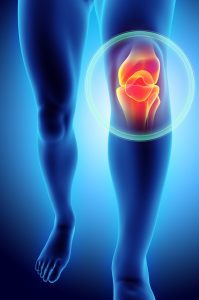On most people’s journeys to losing weight, we often head straight to the gym with good intentions. Sometimes, after continuously going to the gym however, we do not see the results we were hoping for. Why is that? Well, a common mistake of beginners is to neglect diet. Today we are going to discuss some techniques to make sure we are eating and losing weight.

First things first, it is important to know and understand your Resting Metabolic Rate (RMR). Your RMR is a measure of many calories you burn per day if you were to do absolutely nothing. Obviously, there are no days where you do nothing at all but this measure is a great tool for determining how many calories can be consumed a day. Using RMR, we are given a range will ensure that we are burning more calories than we consume. If you wanted to know your RMR or more information about it, talk to any of the physiologists!
Now that we know how many calories we can consume a day, what exactly are we supposed to be eating? When choosing what to eat it is important to keep a few things in mind. The quality of the food, the type of food and the amount of food.
- Quality – Quality is probably the hardest aspect of changing diet. When trying to increase the quality of foods, choosing fresh foods is always a great idea and cooking your own meals can go a long way. If that isn’t possible, make a habit of reading nutrition labels. Try to avoid foods with a lot of processing and ingredients that you have never heard of before. What even is Butylated Hydroxyanisole (BHA)?
- Type – I’m sure you’ve heard of low-carb diets and while those diets are okay. It is best to keep a good balance of carbs, proteins and fats (yes, fats). Everything in moderation will go a long way when trying to lose weight.
- Amount – This point seems pretty self-explanatory but it cannot be stressed enough how important it is to ONLY consume the amount you need and not the amount you want. Utilize your RMR and ensure we are burning more than consuming.
Weight training and a solid diet are two key ways to keep your weight loss on track. Try not to neglect one or the other. Keeping a journal and writing everything you eat will help keep you on track. Also, the RMR is a great tool to get you started or progress further in your journey, so be sure to talk to any of the physiologists about anything regarding diet or RMR.
By Julian C. Lee








